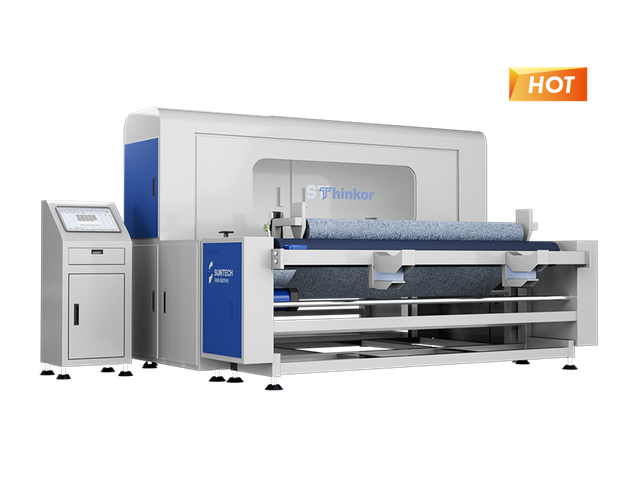In today's fast-paced manufacturing environment, visual inspection equipment has become an indispensable tool. This technology is transforming the way industries ensure quality and efficiency. But what exactly is visual inspection equipment, and how is it making such a significant impact?

Understanding Visual Inspection Equipment
Visual inspection equipment refers to a range of devices and systems designed to automatically inspect products for defects, inconsistencies, or deviations from specified standards. These systems often utilize advanced technologies such as machine vision, artificial intelligence, and image processing to perform their tasks with high precision.
Key Components of Visual Inspection Systems
- Cameras and Sensors: High-resolution cameras and sensors capture detailed images of the products.
- Lighting Systems: Proper illumination is crucial for accurate image capture and defect detection.
- Processing Units: These units analyze the captured images using sophisticated algorithms.
- Software: Custom software solutions interpret the data and provide actionable insights.
Applications in Various Industries
Visual inspection equipment is used across a wide range of industries. For instance, in the automotive sector, it ensures that parts are free from defects before assembly. In the pharmaceutical industry, it verifies the integrity of packaging and labels. The food and beverage industry uses it to check for contamination and packaging errors.
"The integration of visual inspection systems in manufacturing processes has significantly reduced the rate of defective products reaching the market." - Industry Expert
Benefits of Visual Inspection Equipment
- Increased Accuracy: Automated systems can detect defects that are often missed by human inspectors.
- Enhanced Efficiency: These systems can inspect products at a much faster rate than manual methods.
- Cost Savings: By reducing the number of defective products, companies save on rework and returns.
- Consistency: Automated inspections ensure uniformity in quality control processes.
Advancements in Visual Inspection Technology
Recent advancements in visual inspection technology have further enhanced its capabilities. For example, the integration of deep learning algorithms allows systems to improve their accuracy over time by learning from previous inspections. Additionally, the use of 3D imaging provides a more comprehensive analysis of product dimensions and surface characteristics.
Case Study: XYZ Manufacturing
XYZ Manufacturing recently implemented a state-of-the-art visual inspection system to improve their quality control processes. The system, which includes high-resolution cameras and advanced image processing software, has reduced their defect rate by 30%. This has not only improved their product quality but also enhanced customer satisfaction.

Conclusion
In conclusion, visual inspection equipment is revolutionizing manufacturing processes by providing accurate, efficient, and consistent quality control. As technology continues to advance, these systems will become even more integral to various industries, ensuring that products meet the highest standards of quality.
For more information on visual inspection equipment, check out this video overview.








